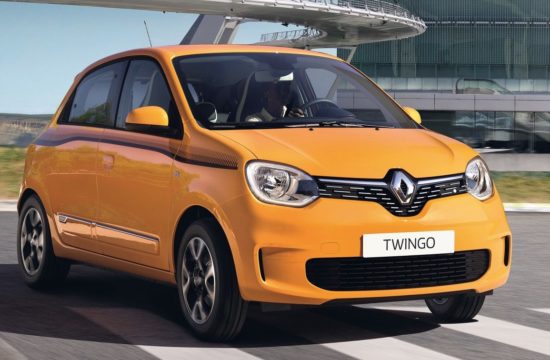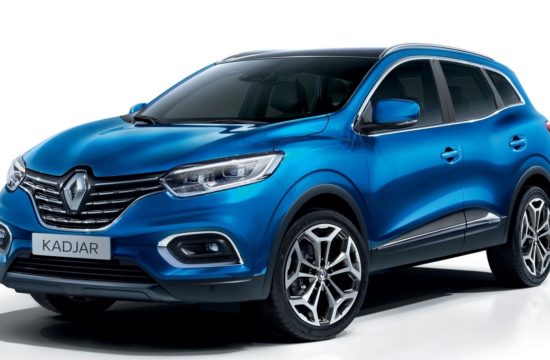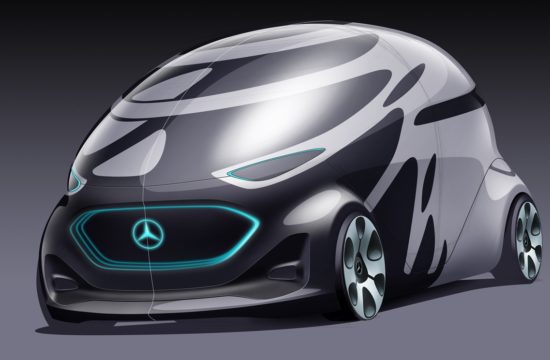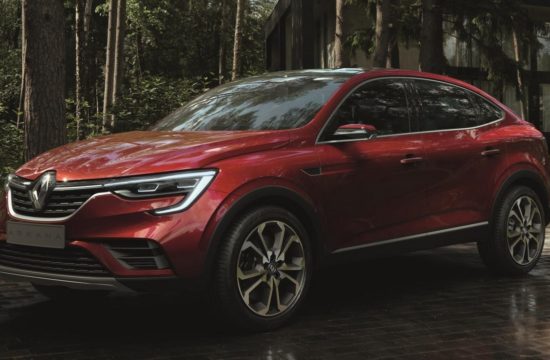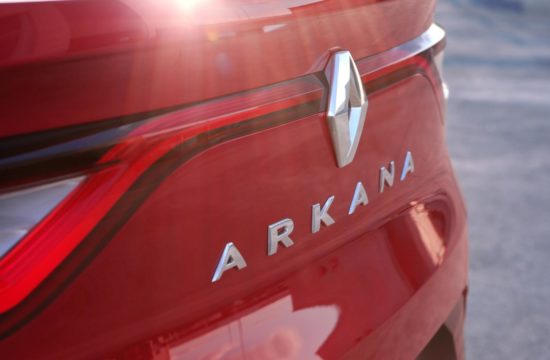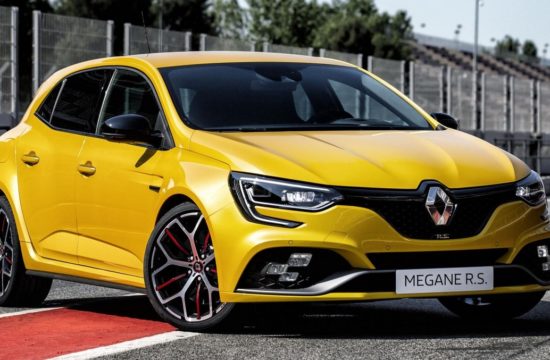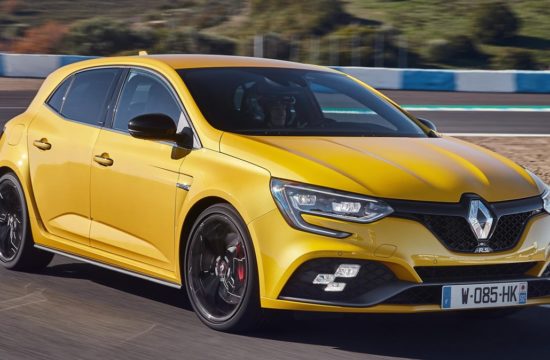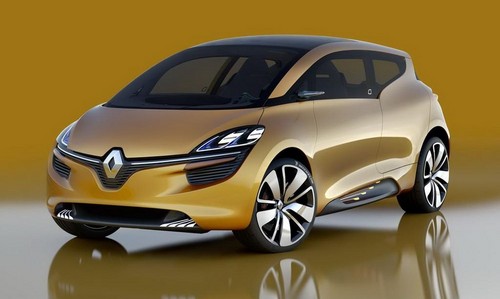
Before unveiling it at the Geneva Motor Show Renault didn’t talk about the R Concept at all. But now it’s fully revealed trying to convince you that people carriers don’t have to be dull and boring.
The R Space is designed to combine qualities long considered opposed: family, functionality, sportiness and sensuality. So it gets a flowing sporty body design with large windscreen and panoramic roof, large wheels, and an overall athletic profile. It follows the same design language as the DeZir and Captur concepts. They say it is inspired by the human body!
Another highlight of the R Space’s design is the double doors which, unobstructed by any central pillar, give clear access to a spectacular interior designed to trigger strong emotions from the very first glance.
In terms of interior design, the family likeness to the DeZir concept car is clearly visible at the front in the forms of the dashboard and seats. The driver enjoys a cockpit-like environment, with a section of the seemingly floating dashboard being specifically dedicated to driving functions. The interlinking movement suggested by the shaping of the front seat backrests is a return to the idea of a couple in love! Renault is still being emotional with the design of their cars.
The concept car also has a three-cylinder concept-engine. This 900cc Renault-Nissan unit with an automatic EDC double clutch gearbox delivers peak power of 110hp/80kW and 160Nm of torque. Its CO2 emissions have been kept to just 95g/km, equivalent to fuel consumption of just 3.7 litres/100km.
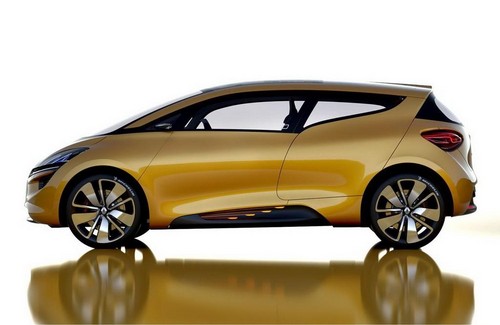
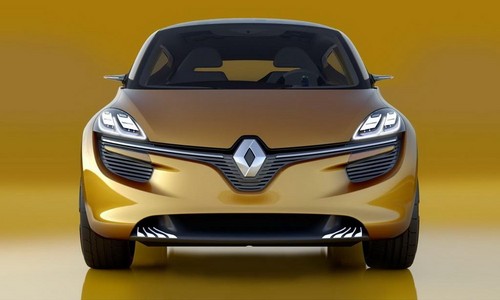
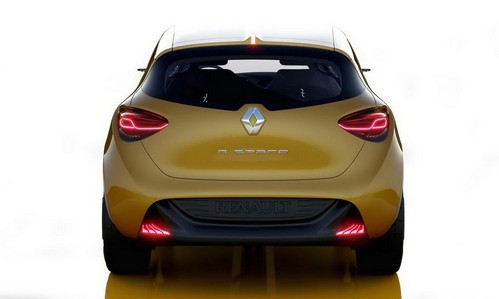
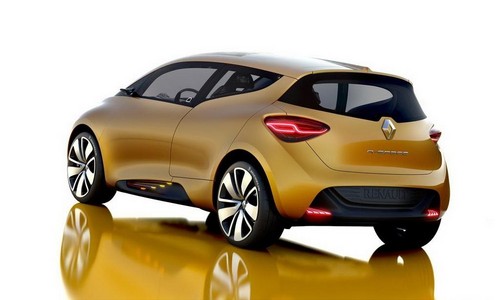
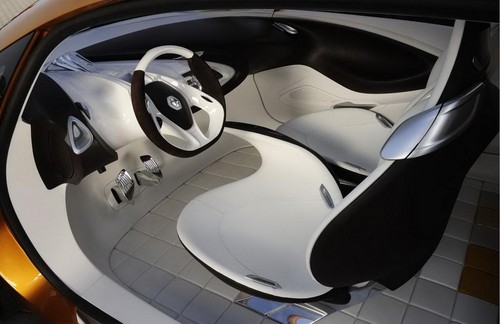
Renault R Space features:
* The Energy TCe Concept engine is an illustration not only of Renault’s strategy of downsizing, but also of the package of innovative fuel-saving, emissions-reducing technologies that will be introduced on the company’s next-generation engines. On the list are technologies such as direct fuel-injection, radio-frequency spark plugs, an EGR (exhaust gas recirculation) Boost system, a pulse Stop&Start system – and even a variable-displacement oil pump. In addition to work aimed at minimising internal friction, these measures have achieved a very significant reduction in fuel consumption and CO2 emissions without sacrificing performance.
* The combustion system, too, has received special attention, with variable camshaft timing and the effect of the improved compact manifold integrating the turbo giving excellent acceleration response, especially at low rpm.
* Direct petrol injection: fuel is injected at high pressure directly into the combustion chamber. In combination with the radio frequency spark plugs, which boost the size of the spark (up to 1,000 times bigger than with a conventional system), the injection system raises combustion to the highest level of efficiency. This breakthrough in ignition technology has been developed in collaboration with BorgWarner Beru Systems.
* As is the case with certain diesel engines, including the new dCi 130, EGR Boost technologycaptures the exhaust gases after they have passed through the turbocharger and after-treatment system. Cooled in a heat exchanger before being reintroduced into the air upstream of the turbo, these gases then follow the charge-air cooling circuit before entering the combustion chamber to dilute the fuel-air mixture. On petrol engines, this technique helps reduce combustion temperatures, thereby boosting the compression ratio and reducing CO2 emissions.
* Pulse start: thanks in particular to the direct injection, this technology allows the ultra-rapid stopping and restarting of the engine when the vehicle is stationary.
* The variable-displacement oil pump regulates the throughput of oil in line with the precise requirements of the engine, thus limiting the energy consumed by the pump. Efforts to reduce frictional losseshave focused particularly closely on the 12 cam followers, timing chain and piston skirts.
* A thermal management system, finally, helps the engine warm up more rapidly following a cold start. With the oil reaching its optimum viscosity more quickly, internal friction is reduced.
Dimensions
| Length | 4,250mm |
| Width | 1,850mm |
| Height | 1,547mm |
| Ground clearance | 151mm |
| Wheelbase | 2,717mm |
| Front track | 1,592mm |
| Rear track | 1,592mm |
Technical data
| Engine | Petrol, turbo, direct injection |
| Power | 80kW (110hp) |
| CO2 emissions | 95g/km (combined cycle) |
| Peak torque | 160Nm |
| Top speed | 200kph |
| Transmission | Efficient Dual Clutch |
| Tyres | 245 / 35 R 21 |
| Cd | 0.28 |
| Unladen weight | 1,300kg |
| 0-62mph | 11 seconds |
Partners
| Bodywork | D3 |
| Tyres | Michelin |


